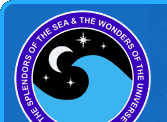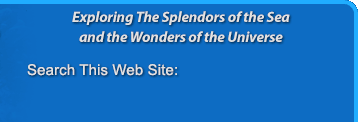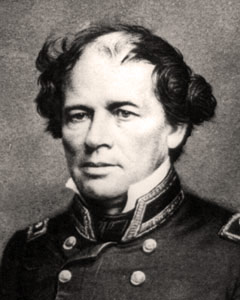
Matthew Maury
1806 - 1873
American astronomer, historian, oceanographer, meteorologist, and cartographer.
Considered the father of modern oceanography and called the pathfinder of the seas.
Published the first extensive book about oceanography.
Proved that ships could use ocean winds and currents to cross the ocean faster.
Matthew Fontaine Maury was an American astronomer, historian, oceanographer, meteorologist, cartographer, and geologist. He was born on January 14, 1806 in Spotsylvania County, Virginia to parents of Dutch and French ancestry. When he was fiveyears old, his family moved to Franklin, Tennessee. He wanted to follow in the footsteps of his older brother who had been a Flag Lieutenant in the United States Navy. He joined the Navy in 1825 at age 19 and became a midshipman on the frigate Brandywine. While on the Brandywine, he began to study the seas and record methods of navigation. He spent several years cruising the oceans and even circumnavigated the globe while on board the USS Vincennes, the first U.S. warship to travel around the world. During this time, he developed an interest in writing books and articles about the oceans. He published his first book in 1830, titled Navigation after a Voyage around the World. In 1836 he published a second book called A New Theoretical and Practical Treatise on Navigation.
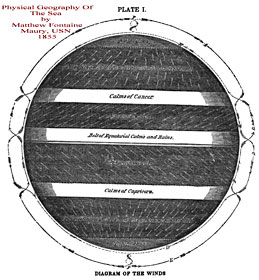
by Matthew Fontaine Maury
In 1839 Maury broke his leg in a stagecoach accident and was forced to give up his days at sea. He then began to devote his time to the study of navigation, meteorology, winds, and currents. His hard work paid off when he was appointed the superintendent of the Navy's Depot of Charts and Instruments in 1842. Two years later the department was renamed the United States Naval Observatory. Maury's primary duties were to care for the U.S. Navy's chronometers, charts, and other navigation equipment. He had access to thousands of ships' logs and charts from all over the world. He used this material to compile and interpret data about winds and currents. In 1847 he published the Wind and Current Charts of the North Atlantic. It showed sailors how to use the ocean's currents and winds to significantly shorten the length of their ocean voyages. A few years later in 1851 he published Explanations and Sailing Directions to Accompany the Wind and Current Charts. This work provided material for his more famous book, The Physical Geography of the Sea, which was published in 1855. Maury's uniform system of recording oceanographic data was used by navies and sailors around the world. It was also used to develop charts for all of the major ocean trade routes at the time.
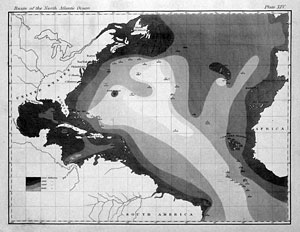
by Matthew Fontaine Maury
When the American Civil War broke out in 1861, Maury decided to resign from the Navy. Since he was from Virginia, he supported the Southern Cause and joined the Confederacy as the Chief of Sea Coast, River, and Harbor Defenses. During the war, he was sent to England to acquire warships and supplies for the Confederate Government. He also worked on defending the harbors and invented an electrical torpedo to be used against enemy ships. He also pleaded with other nations to intervene and help stop the Civil War. After the war ended, Maury went into exile in Mexico. He helped Emperor Maximilian to establish a colony of Virginians. He later went to England when Maximilian was defeated. He stayed there until 1868 and then returned to the United States to become a professor of meteorology at the Virginia Military Institute. He continued to write and in 1866 he published The World We Live In. In 1872 he became ill while conducting an exhaustive lecture tour. He died on February 1, 1873. In spite of his involvement in the Civil War, the United States forgave him. Maury Hall was named in his honor at the Naval Academy in Annapolis. He also received honors from many parts of the world, including being knighted by several nations. Many monuments have been created to honor him, and he even has a crater named after him on the Moon. His important contributions to the fields of oceanography and ocean navigation have earned him many titles, including "Pathfinder of the Seas" and the "Father of Modern Oceanography".
